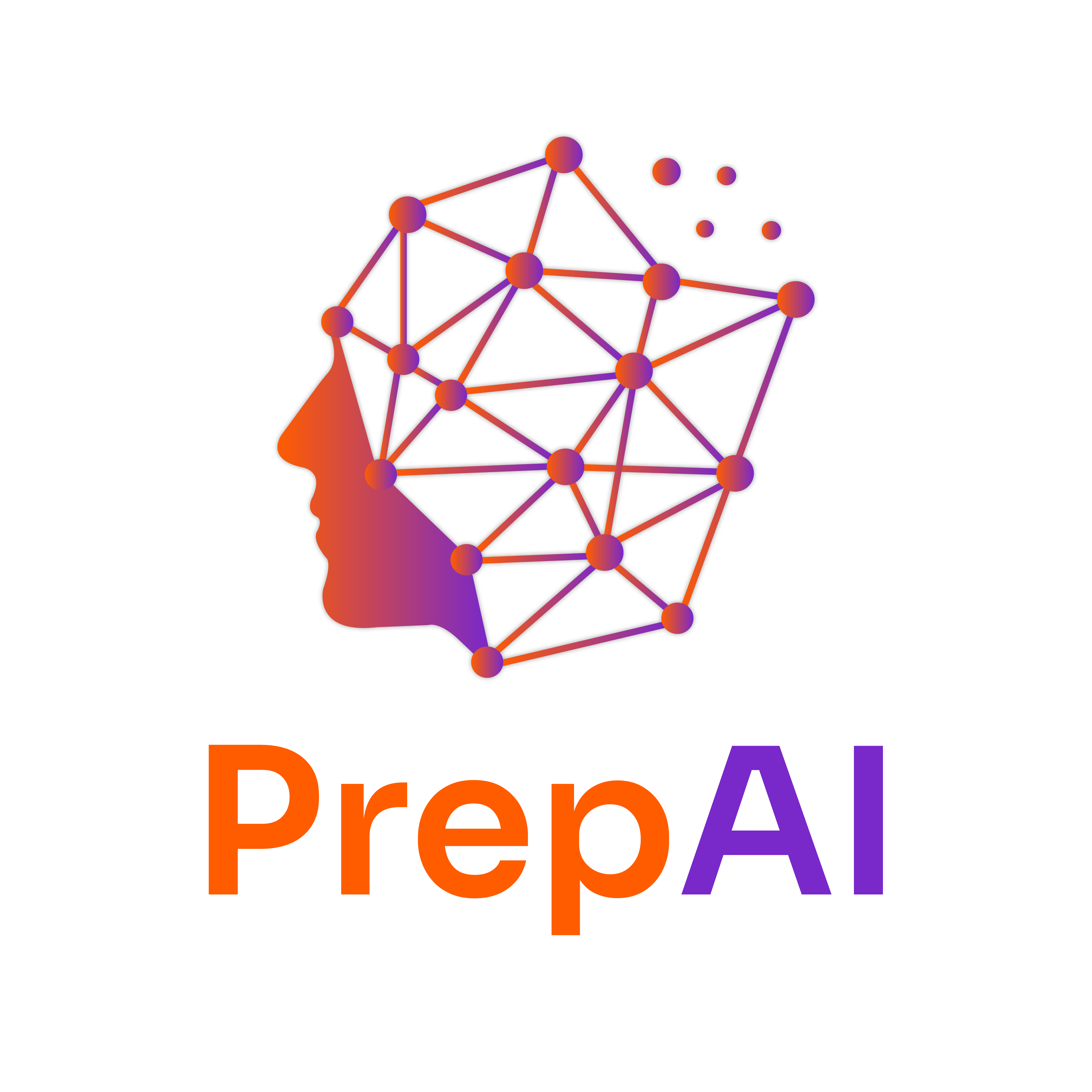Title: Navigating Business Challenges with Data-Driven Decision Making
Definition
Identifying Business Problems: The process of recognizing and articulating issues that hinder organizational performance or growth.
Example: A retail store notices a decline in sales over the last quarter.
Explanation
Identifying Business Problems
- Key Steps:
- Observation: Monitor performance metrics and customer feedback.
- Analysis: Use tools like SWOT analysis (Strengths, Weaknesses, Opportunities, Threats) to evaluate the situation.
- Articulation: Clearly define the problem statement.
Real-World Example: A software company finds that its user retention rate has dropped. By analyzing user feedback, they discover that the onboarding process is too complex.
Defining Objectives
- Key Components:
- Specificity: Objectives should be clear and precise.
- Measurability: Define how success will be measured.
- Achievability: Ensure objectives are realistic given available resources.
- Relevance: Align objectives with broader business goals.
- Time-bound: Set deadlines for achieving objectives.
Real-World Example: A marketing team sets an objective to increase website traffic by 30% over the next six months through targeted campaigns.
Understanding Stakeholders
- Key Aspects:
- Identification: Determine who is affected by the business problem (employees, customers, suppliers, etc.).
- Engagement: Communicate with stakeholders to gather insights and perspectives.
- Analysis: Understand their needs and how they influence the business.
Real-World Example: A healthcare provider engages with patients, staff, and insurance companies to understand the challenges in patient care delivery.
Data-Driven Decision Making
- Key Steps:
- Data Collection: Gather relevant data through surveys, sales reports, and market analysis.
- Data Analysis: Use tools like Excel, Python, or SQL to analyze data trends.
- Decision Implementation: Base decisions on data insights rather than intuition.
Real-World Example: A restaurant chain uses sales data to determine which menu items are underperforming, leading to menu optimization.
Real-World Applications
-
Industries:
- Retail: Identifying sales trends and customer preferences.
- Healthcare: Improving patient outcomes through data analysis.
- Finance: Risk assessment and portfolio management.
-
Challenges:
- Misinterpreting data due to lack of context.
- Ignoring stakeholder input can lead to resistance to change.
-
Best Practices:
- Regularly review and update objectives based on data insights.
- Foster open communication with stakeholders to ensure alignment.
Practice Problems
-
Bite-Sized Exercises:
- Identify a business problem in your daily life (e.g., time management) and articulate it in one sentence.
- Define an objective for a personal goal (e.g., improving fitness) using the SMART criteria.
-
Advanced Problem:
- Using Excel, analyze a dataset of monthly sales figures for a fictional company. Identify trends and propose an objective to improve sales over the next quarter.
- Instructions:
- Open Excel and input monthly sales data.
- Create a line chart to visualize trends.
- Use the AVERAGE function to calculate average sales.
- Propose a SMART objective based on your analysis.
YouTube References
To enhance your understanding, search for the following terms on Ivy Pro School’s YouTube channel:
- “Identifying Business Problems Ivy Pro School”
- “Defining Objectives in Business Ivy Pro School”
- “Understanding Stakeholders Ivy Pro School”
- “Data-Driven Decision Making Ivy Pro School”
Reflection
- What business problems have you encountered in your personal or professional life?
- How do you typically define objectives when faced with a challenge?
- In what ways can stakeholder engagement improve decision-making processes?
Summary
- Identifying Business Problems: Recognize and articulate issues affecting performance.
- Defining Objectives: Set clear, measurable, achievable, relevant, and time-bound goals.
- Understanding Stakeholders: Engage with all parties affected by business decisions.
- Data-Driven Decision Making: Use data analysis to inform decisions and strategies.
By mastering these concepts, you can effectively navigate challenges and drive business success through informed decision-making.
